I began my search using the names given in the OCA course folder, but soon found myself wandering around the internet finding an array of designers and artists.
Carloline Broadhead
http://www.artfund.org/supporting-museums/art-weve-helped-buy/artwork/9517/double-dresses
I am interested in her double dresses piece as I have worked in part 1 and 2 of exploring ideas using clothing. In part 1 the Victorian mourning cape and the Victorian babies gown in part 2. Her drawing the dresses on the wall, creating a dress with shadow effect is inspiring. The piece I have noted in the hyperlink, shows this piece as a sale item by Barrett Marsden gallery, London, they note that ‘Broadhead uses garments to express ideas about personal identity and to reveal the characteristic feelings or emotions that a person may seek to conceal”. I touched on this subject in part 1, when looking at the life of my Great-grand Mother. I used muslin on which I printed images of women in the workhouse, darning over the face of one inmate to allude to her wishing to remove herself from being identified as living in the workhouse. Shame was the feeling my Paternal Grand-Mother expressed about this part of her life. In May I was developing this work further and I projected cine film from my childhood projected onto the wall of the workhouse my great-grand Mother and Grandmother were inhabiting in the early 20th century, HERE. I was referencing how my childhood and relationship with my father was affected by the parenting he received form his Mother. I too suffered self imposed shame from a young age with regards to the relationship with my Father. It is interesting to see how another artist translates similar feelings, looking for the parallels and differences.
Looking at Broadheads work I see she was a jewellery designer initially and some of her peices reminded me of David Poston who’s exhibition I saw at the Harley Gallery, at the Wellbeck Estate on the 14th June 2015. As I was taking photographs of the exhibits I was struck how their shadows cast patterns beside them. I also like the methods and materials he uses. I can see also that the wearer would have changing shadows cast across their body and what ever is around them.
I liked the methods he uses to produce jewellery and i would like to experiment with weavings of a similar nature at some time.
Whilst at the gallery I visited the studio of Laura Baxter a jeweller. In her studio, high up on the walls were two canvases on which she had placed metal that was shaped as the little ‘helicopters’ that were growing on the many trees that lined the way to her studio. Again I was struck with how they cast their shadows.
Tim Noble and Sue Webster
http://www.timnobleandsuewebster.com/
I came across Noble, and Webster’s work some years ago and also watched a recent documentary on Sue Webster as part of the ‘Artists what do they do all day?’ series. I love how they take random finds or, personal collections relevant to the piece, form a sculpture that looks abstract yet when light is shone onto it, a new shadow art appears which in many instances is a self-portrait. To use personal items that tell of some aspect of your nature and create a portrait with them is a magical idea. Again it touches on my interest in identity. Wiegman also uses this method in his sculptures.
Diet Wiegman
http://dietwiegman.tumblr.com/light%20sculptures
The link below takes you to designers who are using traditional materials to produce furniture. I like the tables which are made in crochet. To use a hard non malleable material such as steel and yet create something that when light passes though it, casts a delicate lace effect is an interesting concept. I suppose similar to Noble and Webster, they are creating an illusion from the material they use. I keep coming across works that are alchemic in their nature. This is something that continues to fascinate me, since viewing Cornelia Parker’s work at the Whitworth gallery in May. See notes HERE relating to the study day at Whitworth, Manchester.
Gunnlangsdottir, Gudrun. Hreinss, Jon
http://designmalin.com/2011/page/2/
Annie Bascoul produces wonderful landscapes using mixed media through which when light is shone shadows form which are integral to the piece I feel. Her works often look like alien forms spreading out across the gallery space.
Annie Bascoul
Marcel Wanders is a designer who specialises in creating furniture for the domestic environment. The link below shows table he has created using crochet, and obviously some hardening material. It isn’t specified what he uses, but it may be sealed in acrylic. This is just supposition on my part.
Marcel Wanders
Demakersvan produce beautiful wore fencing that they have assembled using lace making skills. I like the oversized pieces of lace fencing, it plays well with illusion confusing the brains interpretation that this is fine lace, yet it is hard to process it’s size and material.
Demakersvan
My love of all things Cornelia Parker is well documented on my blog. Her piece ‘Cold Dark Matter: An Exploded View’ (1991) where pieces of wood are suspended from the ceiling, and when the light is shone through it looks like you are watching the still of a huge explosion. The shadows enfold you making you part of the instillation. I wonder if this aspect could be used in my own work as it captivates my imagination.
Picadilly postcards – Corrnelia Parker.
http://piccadillypostcards.blogspot.co.uk/2015/02/the-reboot-of-whitworth-art-gallery.html
The link to Agano’s website shows her huge instillations which she creates by hand or finger knitting fishing wire and paper. The ability to use a material to create large pieces in this manner is quite mind boggling to me. My mind is brought to the task I have which is working with materials but allowing them to dictate the outcome. I can perhaps see how Agano may have produced the initial samples in her early explorations, just seeing where it goes.
Machiko Agano
http://transitionandinfluence.com/gallery/machikoagano.html#ma6
Michiko Agano reminded me of the artist Ludwika Ogorezelec I met and the work she was installing in the streets in Wroclaw, Poland in May 2015. I took photographs of her work and her as she pieced together the installations. I find her work magnificent in it’s size, the daring places she puts her instillations and also the intricate methodical way she produces her work.
I have some vague ideas of where I may be able to use some of the methods I have found during this research, but I want first to experiment using two particular workshops the Deconstruction and disintegration plus the Paper laminates. I have no idea how these will work out, but that is the whole reason for doing them.



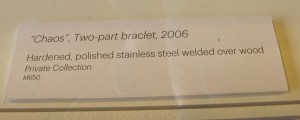
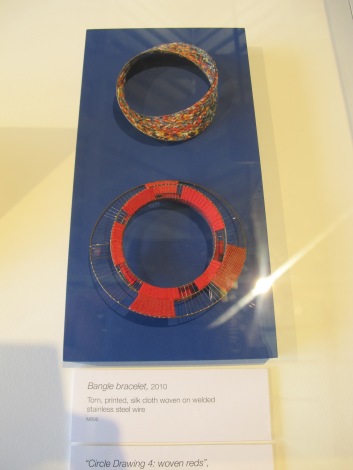

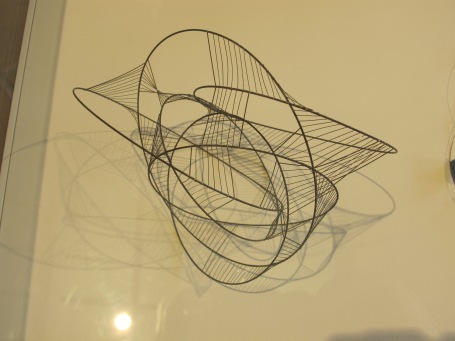


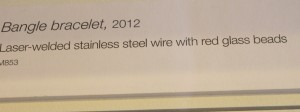
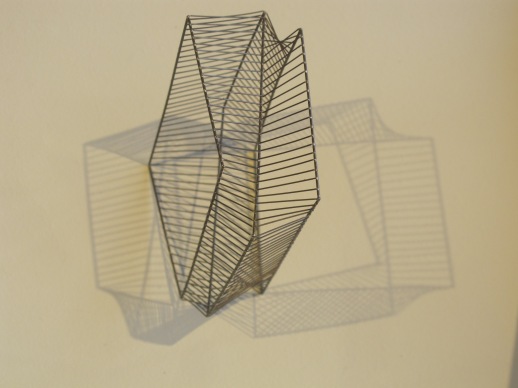



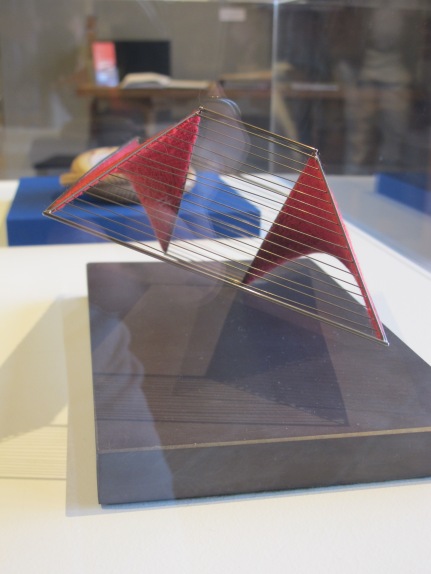



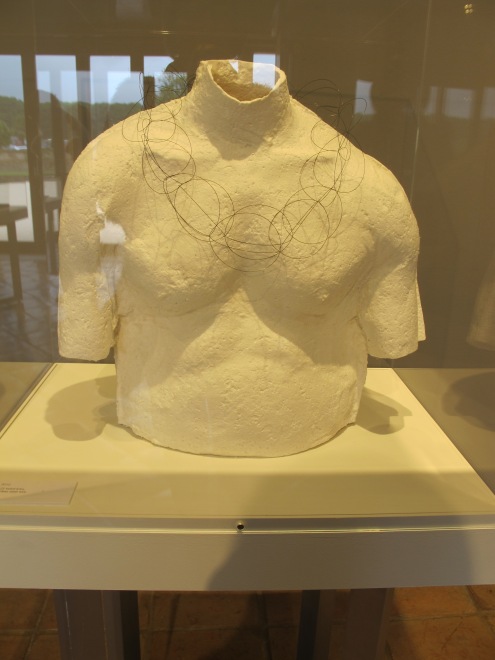




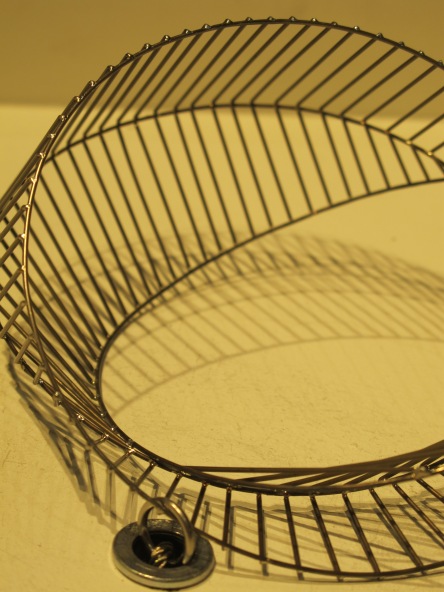



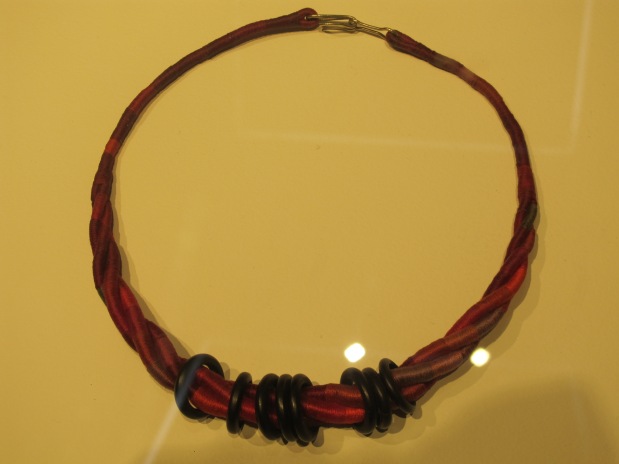

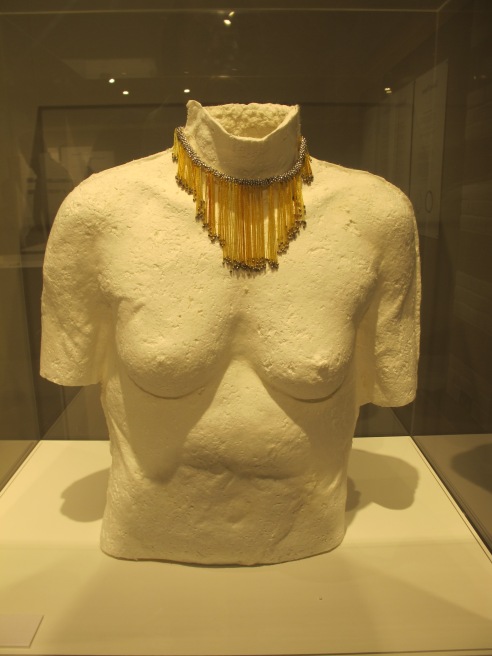







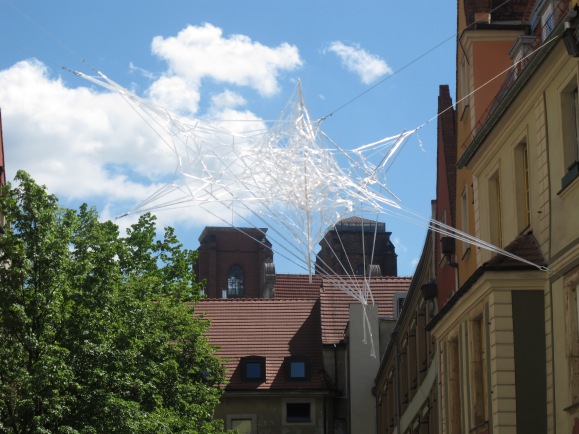




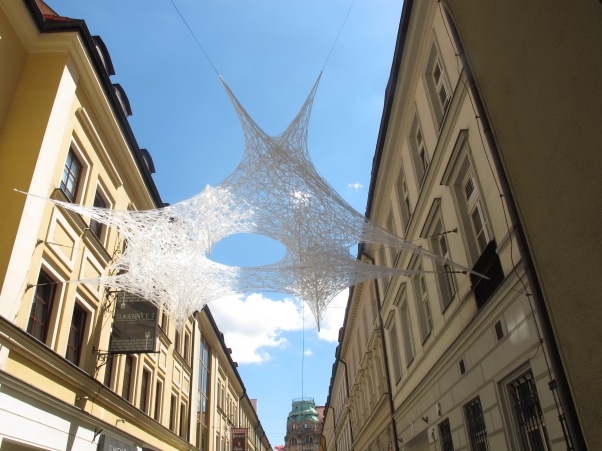
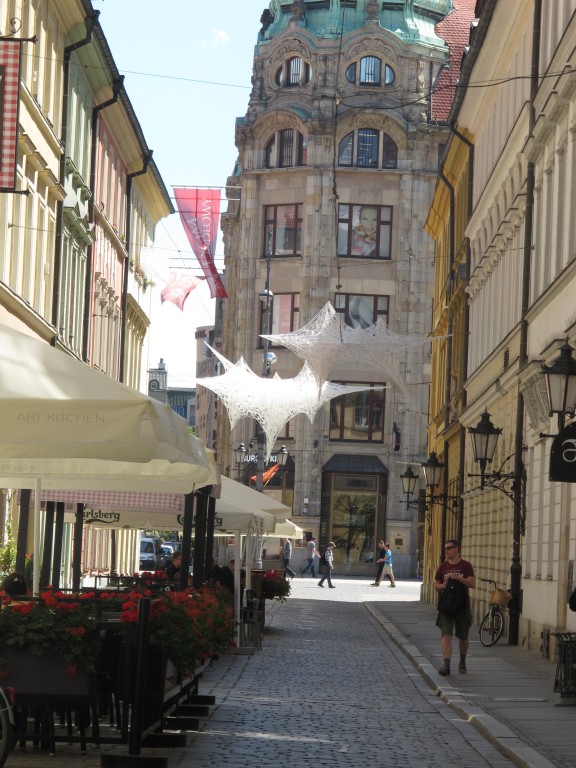

Throughly enjoyed your post. Wouldn’t it be wonderful to create installations like those huge webs!
LikeLike
Hi Sally! yes, I would love to create a huge piece. I was chatting with my Hubby last night and he said I should do one in our garden. Bless him, I’ve enough on doing my course work.
I have added further thoughts to this post as I was awake through the night thinking about the artists I’d discovered and wanted to add my thoughts.
LikeLiked by 1 person